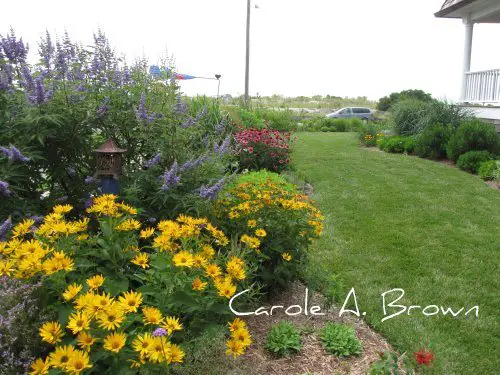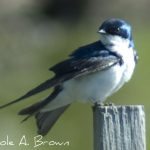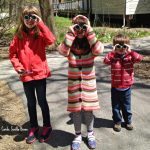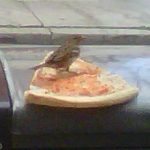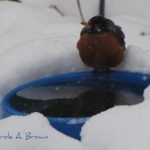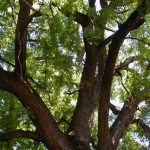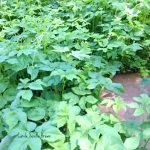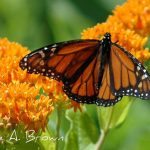As part of the ongoing series, Ecosystem Gardening Showcase, I traveled to Cape May, NJ to attend the Private Tours of Butterfly Gardens led my friend, Pat Sutton.
Our first stop in this 3-day extravaganza was to the ocean-side garden of Teresa Knipper. Enjoy this description of her butterfly garden in her own words:
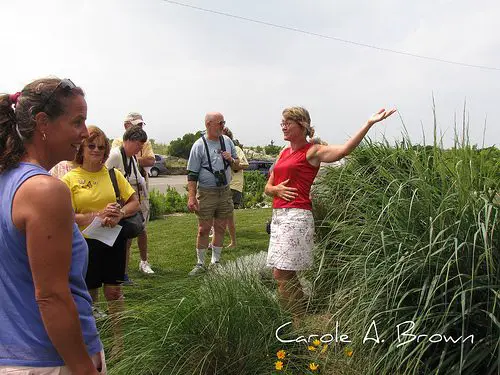
We first moved into our Cap May house in November of 1998. There was an existing garden that contained many plants that the previous owner was familiar with in her western PA woodland garden: astilbe, lily of the valley, and hosta.
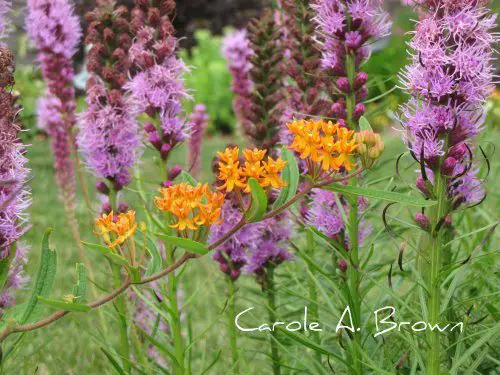
Creating a Butterfly Garden
I began work transforming the garden by planting perennials that were conducive to butterflies and better suited to a coastal garden, while learning about backyard habitat.
After nine years the garden was beginning to feel like my own, but there was a new problem. Severe mold in the house due to a constant pool of water in the basement, which led to health problems for one of my children.
Wildlife Garden Destroyed
A “simple” renovation of the basement led to a major rehabbing of the house: new windows, replacement of the roof and shingles, etc. Thus the entire garden except one tiny corner (the NW corner) was destroyed.
Workers lounged in my former butterfly beds!
Stacks of lumber crushed former shrubs!
Concrete and stone debris littered the garden!
House renovation was completed in the hot July days of 2007. However the brick wall, soil amendments and sod were not scheduled to be finished until winter of 2008.
Planning a Butterfly Garden
This gave me time to PLAN! And plan I did, following a process that I learned in a landscape design class that I took as a master gardener.
First, I made a “wish list” of plants I wanted to include in the new garden. Then I took my house survey to Staples and had them blow it up by %400. Taking tracing paper and placing it over the survey, I played with my wishlist and colored pencils.
The plan was finalized late that winter and I began to buy and plant in April of 2008. I ended up planting over 200 perennials and about 35 shrubs.
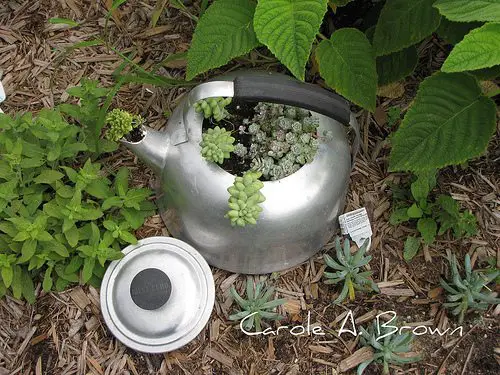
Almost all of the plants are natives. Any non-natives were selected for their benefits to butterflies. This garden is just over 2 years old and brings joy and butterflies to our lives.
Highlights of the New Butterfly Garden
The renovation forced me to be more creative in my garden and create more season-long color. Careful planning of the perennials is augmented by longer blooming annuals that provide nearly constant color and nectar for about 7 months of the year.
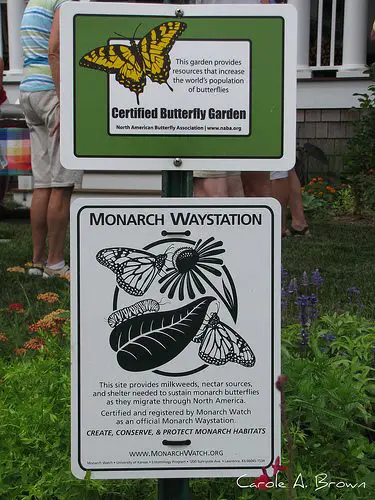
Placement of signs highlighting the garden’s usefulness to butterflies, monarchs in particular, is a new addition in 2009 and really helps make it a teaching garden to the hordes of visitors who stream by from the condo unit one block back.
I LOVE SALVIAS! And so do hummingbirds. This year I am featuring 10 varieties of salvias:
- Salvia dorisiana, Fruit scented sage
- Salvia argenta “Artemis”
- Salvia farinacea, Mealycup Sage
- Salvia Longispicata “Mystic Spires”
- Salvia guaranitica
- Belize Sage
- Salvia officinalis, Culinary Sage, variegated
- Salvia discolor, Peruvian Sage
- Salvia nemorosa
As well as superb nectar plants, the garden contains many caterpillar host plants, namely 3 kinds of milkweed, fennel and parsley for Black Swallowtails, pussy toes and curry plant (a helichrysum) for American Ladies, Hackberry tree for Snouts and anglewings, and Partridge Pea for Cloudless Sulphurs.
More From Ecosystem Gardening:
Submit your review | |

